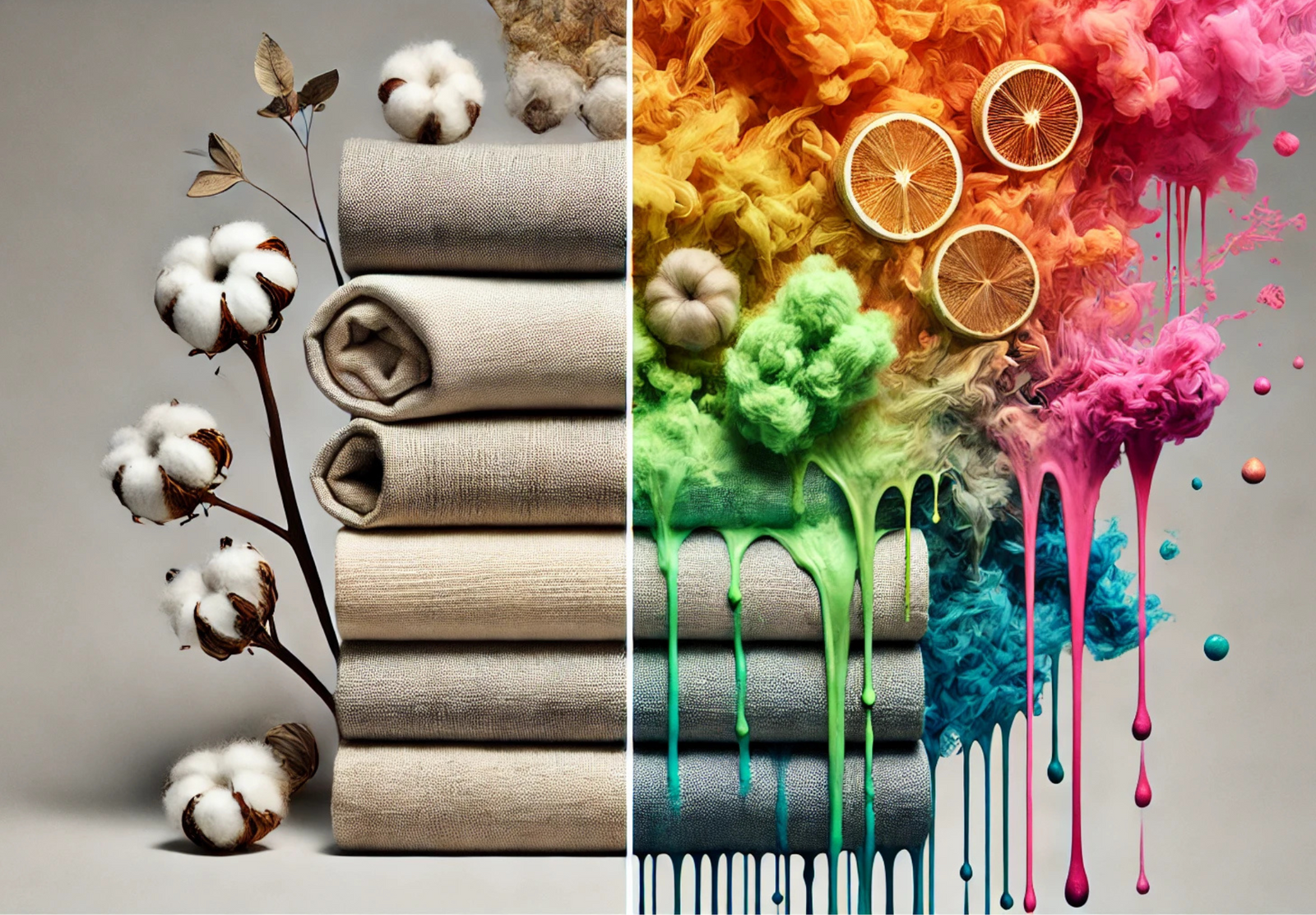The Hidden Dangers in Our Wardrobes

In today’s fashion landscape, synthetic fibres like polyester and nylon dominate due to their affordability and versatility. But what if the clothes you wear every day could be harming your health? The truth is, many synthetic fabrics are dyed using chemicals that haven’t been properly tested for safety—both for the people wearing them and for the workers handling them.
Alden Wicker, award-winning journalist and author of To Dye For: How Toxic Fashion Is Making Us Sick—and How We Can Fight Back, has exposed the hidden dangers of textile dyes. Her research reveals the largely unregulated use of hazardous chemicals in clothing production and the alarming health risks they pose.
The Hidden Dangers in Our Wardrobes
Many synthetic fabrics are treated with dyes and finishes containing harmful substances such as formaldehyde, azo dyes, and per- and polyfluoroalkyl substances (PFAS). These chemicals are used to achieve bright colours, wrinkle resistance, and water repellency, but they have been linked to serious health concerns, including:
-
Skin irritations and allergic reactions
-
Respiratory issues
-
Endocrine disruption
-
Increased risk of cancer
One alarming case study involved airline flight attendants who developed severe health issues—such as rashes, breathing difficulties, and fatigue—after wearing new uniforms treated with these chemicals. If clothing can have such drastic effects on professionals required to wear them daily, what does that mean for the rest of us?
A Toxic History
The issue of harmful dyes isn’t new. In the 19th century, arsenic-laden dyes used to create vivid greens led to severe illnesses in both workers and consumers. Today, while technology has advanced, fashion brands continue to cut corners, prioritising aesthetics and cost over safety. Many of the chemicals used in modern dyeing processes are not fully tested for their long-term effects, meaning consumers are essentially part of a large, unregulated experiment.
What Can We Do?
The good news is that we can make better choices. Here are some ways to reduce exposure to toxic dyes in clothing:
-
Choose Natural Fibres – Opt for organic cotton, linen, hemp, and wool, which are less likely to contain harmful synthetic dyes.
-
Look for Transparency – Support brands that disclose their dyeing processes and use non-toxic, plant-based dyes.
-
Wash Before Wearing – Always wash new clothes to remove any residual chemicals.
-
Trust Your Senses – If a garment has an overpowering chemical smell or an unnaturally vibrant colour, proceed with caution.
The Future of Fashion
As awareness of this issue grows, more brands are moving towards non-toxic dyeing techniques, including plant-based and low-impact dyes. However, real change requires demand from consumers. By choosing safer, more transparent brands, we can collectively push the industry towards healthier, more responsible practices.
At Devina Louise, we believe in clothing that not only looks good but also makes you feel good—inside and out. Thoughtfully designed, made with care, and free from harmful chemicals, our pieces are crafted for both comfort and peace of mind.
Are you ready to embrace fashion that truly cares for you? Let’s start the conversation. Share this blog and help spread awareness about the hidden dangers of toxic dyes.




